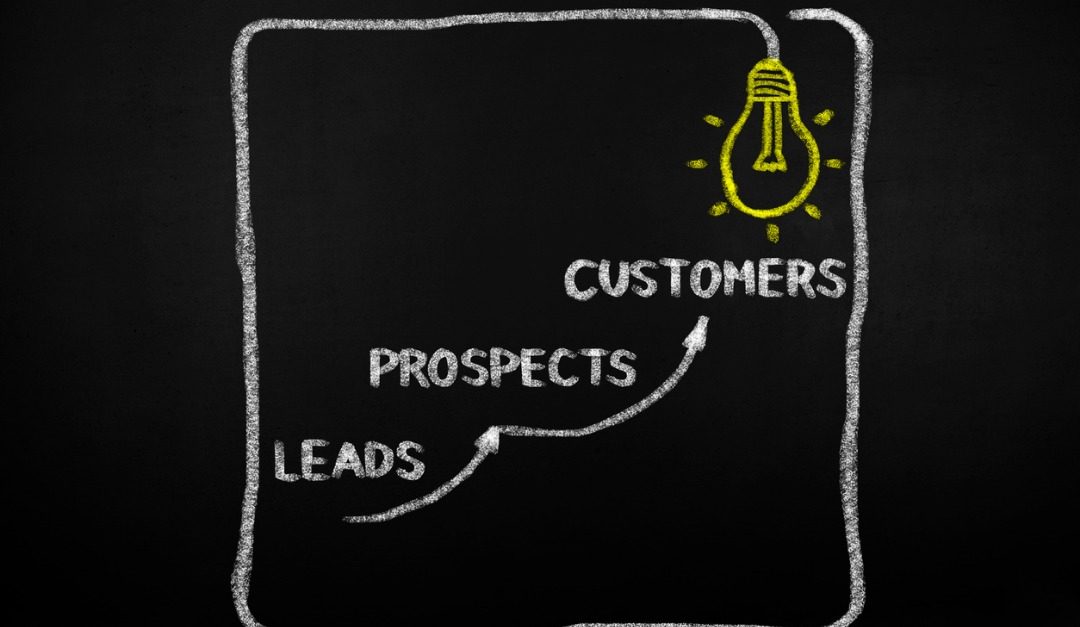Do you know the exact number of leads you need to generate to find one prospect who actually closes on a home? I think you should. This conversion ratio is rarely known by most agents, but it’s the key to creating a predictable flow of closings—and income.
If you knew that you had to generate 100 leads from a particular source in order to close a sale, you’d be able to outline the costs involved, the timeframe and the profit that would result. You’d also be able to predict what would happen with 200, 300, 1,000 leads, etc.
We aim to convert 14 percent of total leads to face-to-face meetings with new buyer and seller prospects, and we shoot to keep 90 percent of these appointments. We then expect to close 30 percent of the new prospects we meet with face-to-face. So, if we generate 100 leads, we should schedule face-to-face meetings with 14, meet with 12.6 and close 3.78. In reality, our numbers are a bit lower, but these are the benchmarks we aim for.
Something really exciting happens when you create conversion rate benchmarks and then measure yourself—and your team members—against those benchmarks on a weekly basis: conversion rates start to increase. You may be thinking that I’m smoking something, but it’s true. I believe the reason conversion rates are so low in the industry is because most of us determine a prospect’s level of interest in buying or selling a home based on one brief interaction, or lack thereof. In order to keep everyone on our team from prejudging prospects, we use what’s written on Scroll VI in Og Mandino’s fable about Hafid, a poor camel boy who achieves a life of abundance, in “The Greatest Salesman in the World.” Below are my favorite words on the scroll:
“No longer will I judge a man [or woman] on one meeting; no longer will I fail to call again tomorrow on he who meets me with hate today. This day he will not buy gold chariots for a penny, yet tomorrow he would exchange his home for a tree. My knowledge of this secret will be my key to great wealth.
Today I will be the master of my emotions.
Henceforth I will recognize and identify the mystery of moods in all mankind, and in me. From this moment, I am prepared to control whatever personality awakes in me each day. I will master my moods through positive action, and when I master my moods, I will control my destiny.”
When you boil it all down, it’s not really a matter of whether or not a new lead (prospect) will buy, sell or lease a home…it’s a matter of when. Sometimes, when we call a prospect back or communicate via text or email, we walk away with an understanding that they aren’t a good prospect, but it could be that it’s just not the right time for them to move forward with us. If we worked on mastering our emotions and understood that the way someone responds to us today has nothing to do with how they might respond to us tomorrow, or next month or next year, then we might just continue to see future possibilities in all prospects. By creating follow-up systems that cause us to continue to try to connect with prospects at the right frequency and for the appropriate length of time, there’s a chance we might be in the right place at the right time.
 Cleve Gaddis is a master coach with Workman Success Systems and a team leader of Gaddis Partners, RE/MAX Center in Atlanta. He learned sales the hard way, selling vacuum cleaners door-to-door, and now puts those skills to use in helping his team close $60 million annually. He loves to share his systems and strategies to help others succeed. He hosts the Call Cleve Atlanta Real Estate Show, heard weekly on NewsTalk 1160 WCFO. Contact him at Cleve@WorkmanSuccessSystems.com. For more information, please visit www.workmansuccesssystems.com.
Cleve Gaddis is a master coach with Workman Success Systems and a team leader of Gaddis Partners, RE/MAX Center in Atlanta. He learned sales the hard way, selling vacuum cleaners door-to-door, and now puts those skills to use in helping his team close $60 million annually. He loves to share his systems and strategies to help others succeed. He hosts the Call Cleve Atlanta Real Estate Show, heard weekly on NewsTalk 1160 WCFO. Contact him at Cleve@WorkmanSuccessSystems.com. For more information, please visit www.workmansuccesssystems.com.




